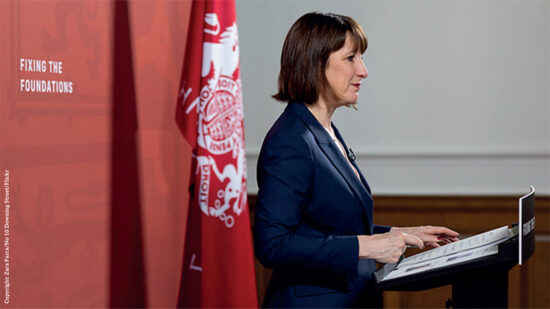Emerging market equities are on their strongest run in more than a year, having more than recouped the losses suffered at the start of the year. And there are tentative signs that investors are returning. According to the Institute of International Finance, emerging markets saw $37bn (£25.8bn, €32.7bn) in net inflows by western investors in March, with both bonds and equities seeing net inflows. This followed a streak of net outflows that lasted almost a year.

European fund buyers’ appetite for emerging markets has been on the increase since December, with almost 4 in 10 planning to increase their exposure in the next 12 months, according to data from International Adviser’s sister publication Expert Investor. And anecdotal evidence suggests quite a few have already started reversing their previously underweight positions, with Asia being the most popular bet.
Asia bulls
“We have seen renewed momentum for emerging market equities and have increased our exposure to Indian equities, to China and to Southeast Asia this month,” says Tristan Delaunay, chief executive of Athymis Gestion, a multi-manager boutique in Paris.

Alvaro Martin Sauto (pictured left), head of funds-of-funds at Bankia, the Spanish bank, is one of these investors who have had this perennial question of whether to increase EM exposure on his mind for a while. And after 18 months of deliberations, he decided to take action late last year.
“We used to be overweight European equities but have been switching to EM during the past months. Now we have half of our equity exposure in emerging markets,” he says. Like Delaunay, he prefers Asia, where he has been mostly adding exposure recently.
“We are focusing on more specialised funds such as the Templeton Smaller Companies (which has more than 50% exposure to emerging Asia) and GAM China Focus. We also bought the Robeco EM Conservative Equities Fund as we didn’t want to take on too much volatility.”
Valentijn van Nieuwenhuijzen, head of the €13bn multi-asset business of NN Investment Partners in the Netherlands, has been overweight emerging market equities “since a couple of weeks,” he says.
“Our last overweight was two years ago, but we’ve seen a turn in fundamentals with regards to EM this year. Economic indicators have started to surprise to the upside, and we realised almost everybody is underweight now.”








